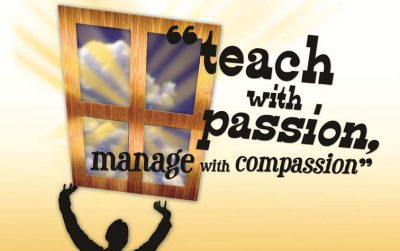Inkscape: Draw Freely
The following is a new blog post related to education and teaching and relevant to our website visitors. The blog post is not based on the opinions or values of our company but is related to education and teaching, so we wanted to share it with YOU! If you ever have any questions please let us know. Now… on to the post!
What it is: Inkscape is like the open source version of Adobe Illustrator. What really sets Inkscape apart is its use of Scalable Vector Graphics as it’s native format. Oh yeah, and it’s free. Because open source!! Beyond being free (cost) it’s also free because it’s free to distribute, and you’re free to check out its open code. Which is pretty neat if you’re into that kind of thing. Inkscape is cross-platform so it’s easy to run on Windows, Mac, or Linux. Open source is basically the Golden Goose for education. Not only can you and your students use it (because the price point is right), but you can also geek out over how it is built (take a look under the hood!). Inkscape lets students bring their doodles and sketches to life so that their designs are ready for publication in print or on the web in a highly digital format.
How to integrate Inkscape into the classroom: Your students want to create. Inkscape makes it possible to turn their ideas into high-quality digital illustrations. Inkscape can literally enhance any classroom. Any time your students want to create a visual representation, poster, pamphlet, website graphic, a graphic of any kind, Inkscape is a great platform for them to use. Flexible drawing tools mean that digital drawing is limitless. If students can dream it, they can create it with Inkscape.
Just because you aren’t an Inkscape expert, doesn’t mean that your students can’t be. Learning resources and tutorials help your students learn independently and get the most out of Inkscape.
Tips: If your students are asking for Adobe design tools but it just isn’t in the budget, Inkscape is definitely worth introducing to your school/classroom/students!
Time To Teach reviews each blog post by our contributors but if you feel this is a blog post better suited for another page please let us know.
Teachers and Educators are our heroes. We want to thank you for the work you do!
Yours In Education!
Time To Teach


